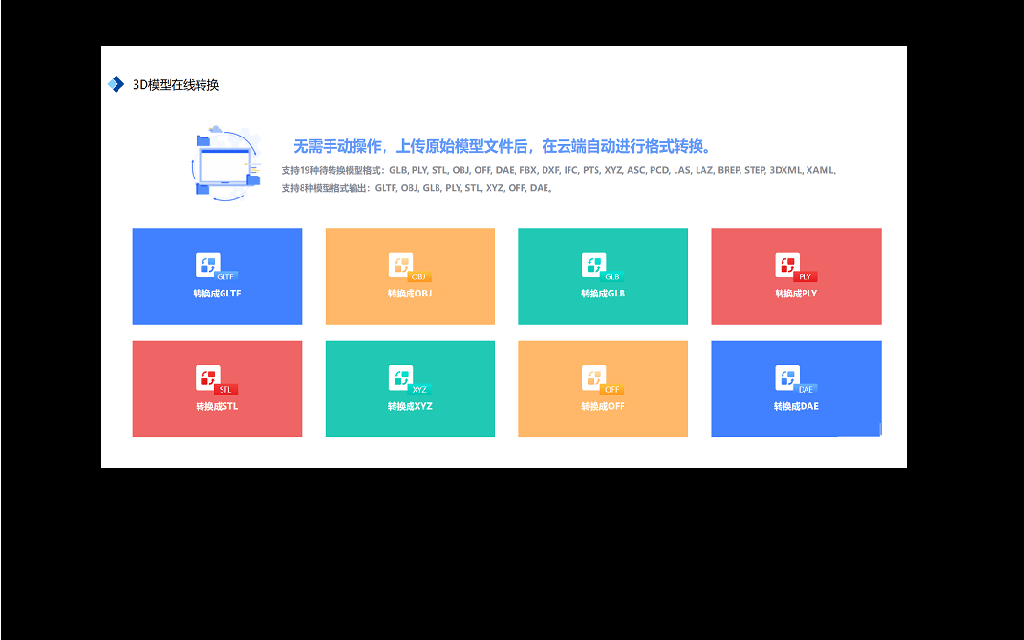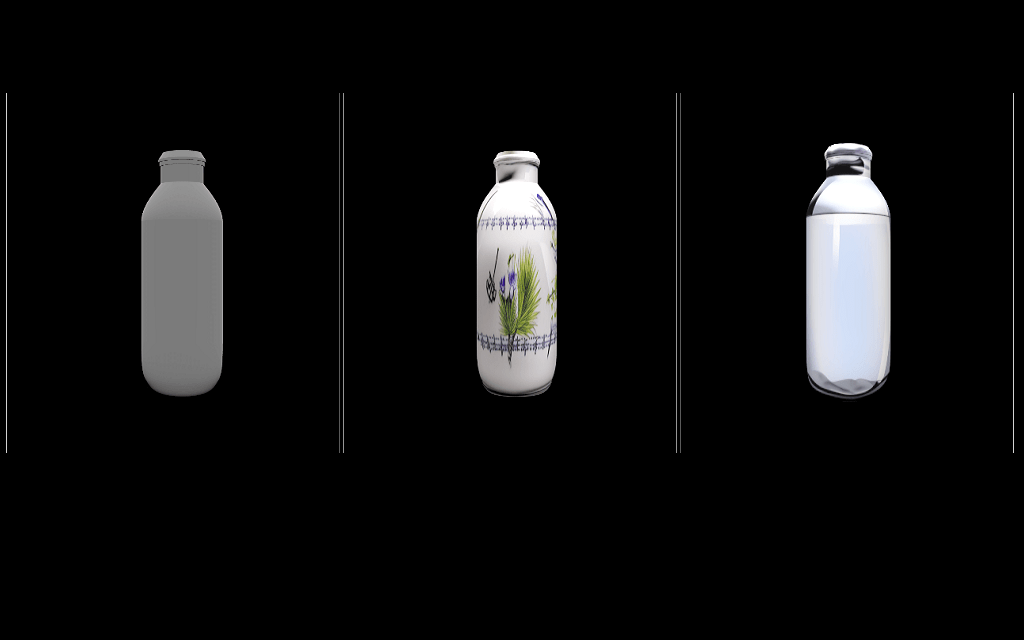Puma 3B - GGUF
- Model creator: Bohan Du / acrastt
- Original model: Puma 3B
<!-- description start -->
Description
This repo contains GGUF format model files for acrastt's Puma 3B.
<!-- description end --> <!-- README_GGUF.md-about-gguf start -->
About GGUF
GGUF is a new format introduced by the llama.cpp team on August 21st 2023. It is a replacement for GGML, which is no longer supported by llama.cpp. GGUF offers numerous advantages over GGML, such as better tokenisation, and support for special tokens. It is also supports metadata, and is designed to be extensible.
Here is an incomplate list of clients and libraries that are known to support GGUF:
- llama.cpp. The source project for GGUF. Offers a CLI and a server option.
- text-generation-webui, the most widely used web UI, with many features and powerful extensions. Supports GPU acceleration.
- KoboldCpp, a fully featured web UI, with GPU accel across all platforms and GPU architectures. Especially good for story telling.
- LM Studio, an easy-to-use and powerful local GUI for Windows and macOS (Silicon), with GPU acceleration.
- LoLLMS Web UI, a great web UI with many interesting and unique features, including a full model library for easy model selection.
- Faraday.dev, an attractive and easy to use character-based chat GUI for Windows and macOS (both Silicon and Intel), with GPU acceleration.
- ctransformers, a Python library with GPU accel, LangChain support, and OpenAI-compatible AI server.
- llama-cpp-python, a Python library with GPU accel, LangChain support, and OpenAI-compatible API server.
- candle, a Rust ML framework with a focus on performance, including GPU support, and ease of use.
<!-- README_GGUF.md-about-gguf end --> <!-- repositories-available start -->
Prompt template: Human-Response
### HUMAN:
{prompt}
### RESPONSE:
How to run in llama.cpp
I use the following command line; adjust for your tastes and needs:
./main -m ./models/${MODEL} \
--color \
--ctx_size 2048 \
-n -1 \
-ngl 1 \
-ins -b 256 \
--top_k 10000 \
--temp 0.2 \
--repeat_penalty 1.1 \
-t 8
Change -t 10 to the number of physical CPU cores you have. For example if your system has 8 cores/16 threads, use -t 8.
Remove -ngl 1 if you don't have GPU acceleration.
Change -ctx_size 2048 to the desired sequence length for this model. For example, -c 4096 for a Llama 2 model. For models that use RoPE, add --rope-freq-base 10000 --rope-freq-scale 0.5 for doubled context, or --rope-freq-base 10000 --rope-freq-scale 0.25 for 4x context.
For other parameters and how to use them, please refer to the llama.cpp documentation
Provided files
| Name | Quant method | Bits | Size | Max RAM required | Use case |
|---|---|---|---|---|---|
| puma-3b.q4_1.gguf | q4_1 | 4 | 2.14 GB | 4.64 GB | Original quant method, 4-bit. Higher accuracy than q4_0 but not as high as q5_0. However has quicker inference than q5 models. |
Thanks
- to Bohan Du / acrastt for the Puma model
- to TheBloke for all the quantized models and this model card template


